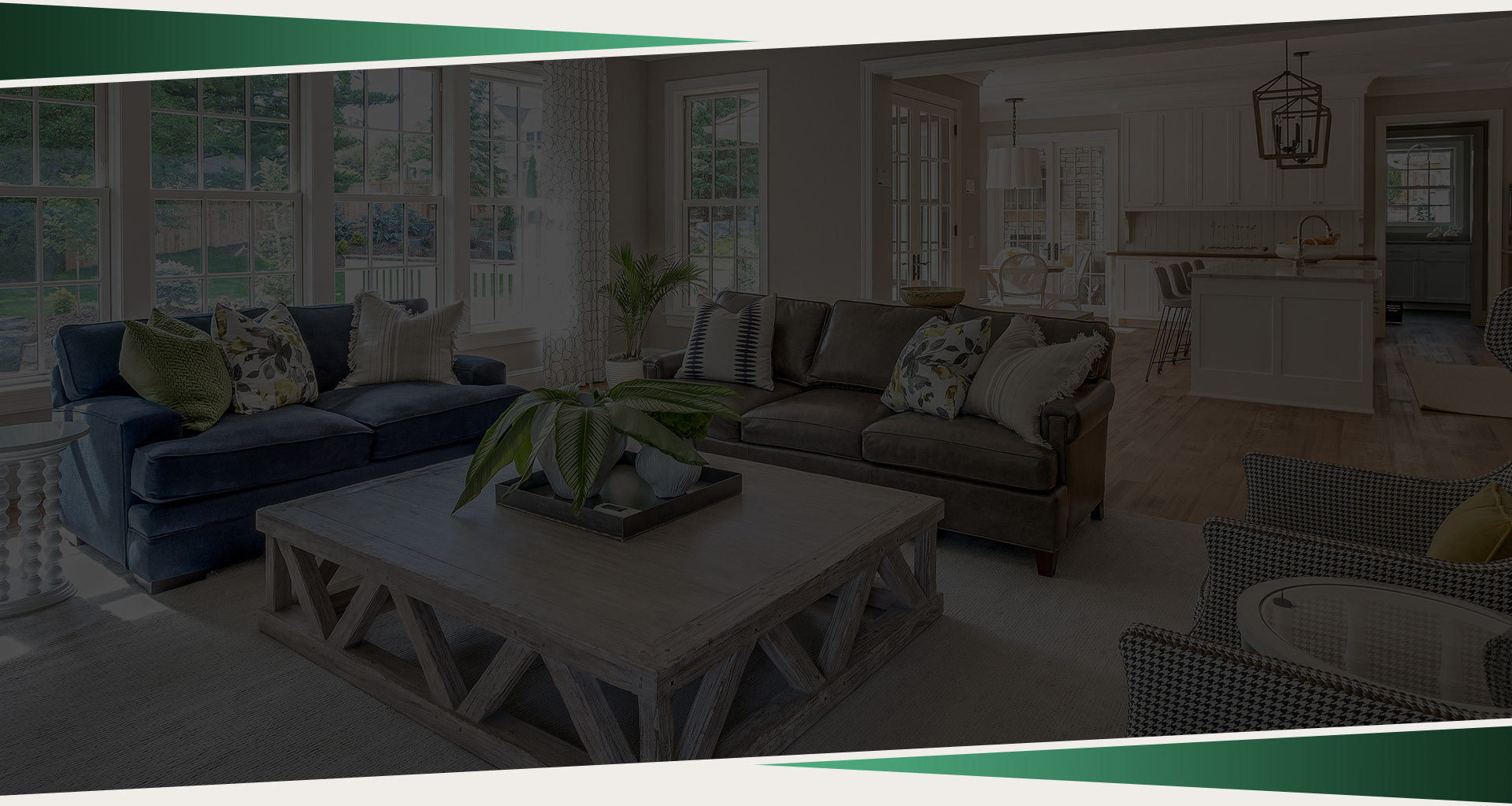
Rodex Rodent Exterminator
There are several steps that are fundamental to Kilter Rodent Control including inspection, sanitation and removal.
Rodex from Kilter
Step 1 Inspection & Step 2 Sanitation
Sanitation is fundamental to rat control and must be continuous. If sanitation measures aren’t properly maintained, the benefits of other measures will be lost and rats will quickly return. Good housekeeping in and around buildings will reduce available shelter and food sources for Norway rats and, to some extent, roof rats. Neat, off-the-ground storage of pipes, lumber, firewood, crates, boxes, gardening equipment, and other household goods will help reduce the suitability of the area for rats and also will make their detection easier. Collect garbage, trash, and garden debris frequently, and ensure all garbage receptacles have tight-fitting covers. Where dogs are kept and fed outdoors, rats can become a problem if there is a ready supply of dog food. Feed your pet only the amount of food it will eat at a feeding, and store pet food in rodent-proof containers or you’ll eventually find yourself in need of the rodent exterminator.
For roof rats in particular, thinning dense vegetation will make the habitat less desirable. Climbing hedges such as Algerian or English ivy, star jasmine, and honeysuckle on fences or buildings are conducive to roof rat infestations and should be thinned or removed if possible, as should overhanging tree limbs within 3 feet of the roof. Separate the canopy of densely growing plants such as pyracantha and juniper from one another and from buildings by a distance of 2 feet or more to make it more difficult for rats to move between them.

What Your Neighbors Are Saying
About the Quality Kitler Provides
-
"Kilter is in my opinion a company that can be trusted and is very responsible."Josh was very thorough and his customer service skills were beyond approach.- Ginger W.
-
"Work was done for some time and the result was amazing!"Due to their good name and reputation, I opt to choose Kilter to help us with our termite problem.- Brenda H.
-
"It was great to have hired them"My money was spent well in getting their service.- Edward T.
-
"Quick, thorough, and respectful."They did a great job and left the place clean after their work.- Jack D.
-
"Beyond pleased"I am beyond pleased I reached out to Kilter.- Jennifer M.
-
"Wonderful Job and quality work!"Repairs look 100x better than before!- Susan J.
-
"Very impressed. highly recommended"I am very happy with the service Kilter provided for my business.- Jenn M.
-
"I would so recommend this business to others."I am thankful for Kilter Termite & Pest Control for taking care of the pests in our old home- Stephen T.
Step 3 Clean Out & Step 4 Exclusion
The most successful and long-lasting form of rat control in structures is exclusion, or “building them out.” Seal cracks and openings in building foundations and any openings for water pipes, electric wires, sewer pipes, drain spouts, and vents. No hole larger than 1/4 inch should be left unsealed, in order to exclude both rats and house mice. Kilter makes sure doors, windows, and screens fit tightly. Their edges can be covered with sheet metal if gnawing is a problem. Coarse steel wool, wire screen, and lightweight sheet metal are excellent materials for plugging gaps and holes. Norway and roof rats are likely to gnaw away plastic sheeting, wood, caulking, and other less sturdy materials.
Because rats and house mice are excellent climbers, openings above ground level must also be plugged. Rodent proofing against roof rats, because of their greater climbing ability, usually requires more time to find entry points than for Norway rats. Roof rats often enter buildings at the roofline, so be sure that all access points in the roof are sealed. If roof rats are traveling on overhead utility wires, contact a rodent exterminator or the utility company for information and assistance with measures that can be taken to prevent this.
Step 5 Trapping/Removing
Because of the nature of the Rodex™ system there are usually Rats left behind or trapped inside the home. After the first steps of Rodex™ are completed we will leave behind traps to capture those inside. We never use baits because the rodent could die in a wall void and cause a stench.











